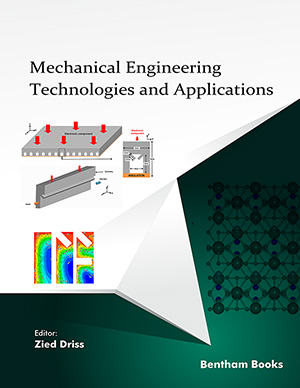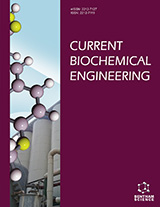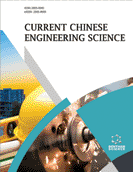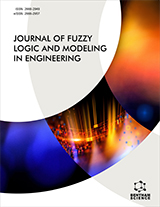Abstract
In this chapter, we have studied the problem of forced convection in a
simple horizontal cylindrical pipe. Two boundary conditions are considered, uniform
constant heat flux and uniform temperature. The fluid to be heated is pseudoplastic,
modeled by the Ostwald law (n ≤ 1.0). A fully developed velocity profile is assumed at
the pipe entrance. The energy equation is solved numerically with a simple implicit
finite difference scheme. Results focus on the effects of the rheological behavior (index
n), the type of heating, and the Pe number on the heat transfer coefficient (Nu) and the
thermal entry length. They show an improvement in heat transfer with a decrease in the
fluid-structure index (n). An increasing thermal length when Pe and/or n increase is
also recorded. This may lead to a huge increase in the tube’s length when a thermal
establishment is targeted. New, simple, precise, and physically indicative correlations
with wide ranges of variation of the main parameters are proposed here. Their
mathematical forms are chosen mainly to guide manufacturers for heat exchangers
dimensioning. Scientists have also shown an interest in them as tools for validation and
physical interpretation.
Keywords: Correlations, Cylindrical horizontal duct, Forced convection, Imposed heat flux, Imposed temperature, Pseudoplastic fluid.






















